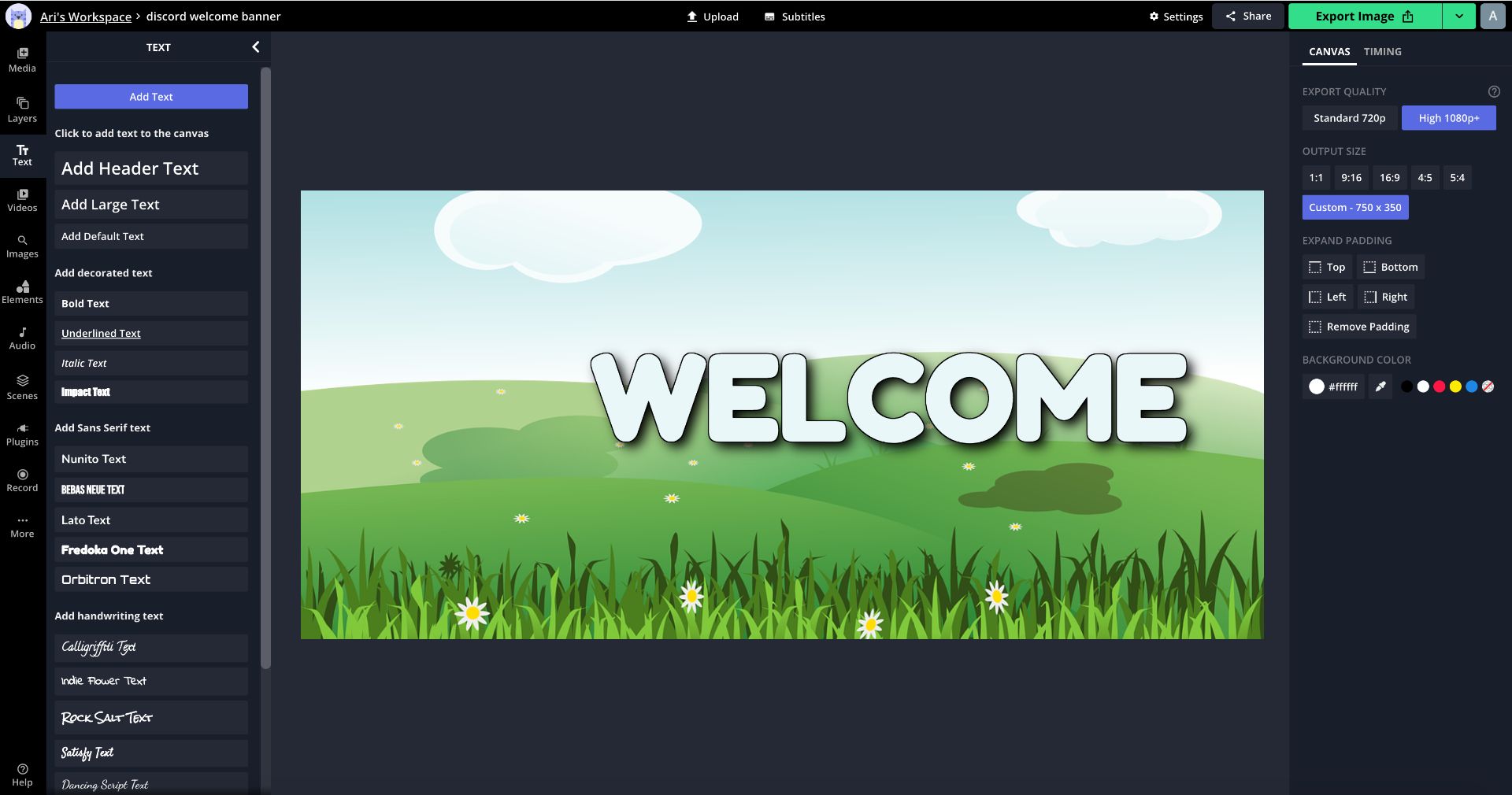

RAG (Retrieval-Augmented Generation) and AI Agents transform how we handle data. RAG powers language models with external data sources, connecting them to fresh, accurate information.
AI Agents work on their own to complete tasks, using tools and systems to take action and make choices.
Key Features:
RAG Systems:
AI Agents:
RAG and AI Agents each serve unique purposes. RAG pulls data from external sources to deliver accurate, reliable responses. This means you get answers based on real, current information.
AI Agents work on their own to complete tasks. They handle decisions and actions without constant supervision. This independence makes them perfect for automation, helping teams save time and effort. AI Agents connect with many tools and platforms, handling complex work with ease. For more detailed information on how AI Agents function and the privacy measures in place, you can review the Privacy Policy for Mee.fun, which outlines the platform's data handling and security practices.
Pick between RAG and AI Agents based on your needs. RAG works best when you need accurate, reliable information, like writing content or providing expert guidance. AI Agents shine when tasks need independent management and decision-making.
RAG Benefits:
AI Agent Benefits:
RAG and AI Agents fit into different scenarios based on their strengths. RAG is perfect for sectors that rely on accurate information retrieval and providing thorough responses. In customer service, RAG enhances chatbot interactions by pulling the latest policies and personalizing customer data. In financial services, it provides custom financial insights and recommendations. Healthcare benefits from RAG by using it to schedule appointments and answer patient questions with the latest medical info. Manufacturing uses RAG for monitoring equipment and optimizing production processes.
AI Agents excel in handling tasks independently and making complex decisions. They are ideal for industries that need automation and efficiency. In logistics, AI Agents manage supply chains and ensure timely deliveries. They are also useful in the retail sector, where they handle inventory management and automate sales processes. In insurance, AI Agents streamline claims processing and fraud detection.
Both technologies meet different industry needs, offering unique benefits to improve operations and decision-making. For a comprehensive understanding of how AI agents can be integrated into various platforms, you might explore the Mee.fun platform, which offers innovative solutions for managing and growing business operations.

Deciding between RAG and AI Agents really boils down to what your business needs. RAG is your go-to when you need accurate, up-to-date information. It's great for industries where reliable data is key, like finance or healthcare. If your goal is to provide detailed, informed answers to customers or clients, RAG systems shine.
AI Agents, on the other hand, are perfect for tasks that require autonomy and decision-making. They work best in environments that need efficient, automated processes. Think logistics or retail. If you want to streamline operations and free up your team from repetitive tasks, AI Agents are your best bet.
Sometimes, using both technologies together can offer the best results. RAG can feed AI Agents with current data, enhancing their decision-making and task execution. This combination can offer a powerful approach to handling complex business operations.
These tools are versatile. Pick according to what aligns with your objectives. Whether it's information accuracy or task autonomy, knowing when to use RAG or AI Agents helps you achieve your goals efficiently.





